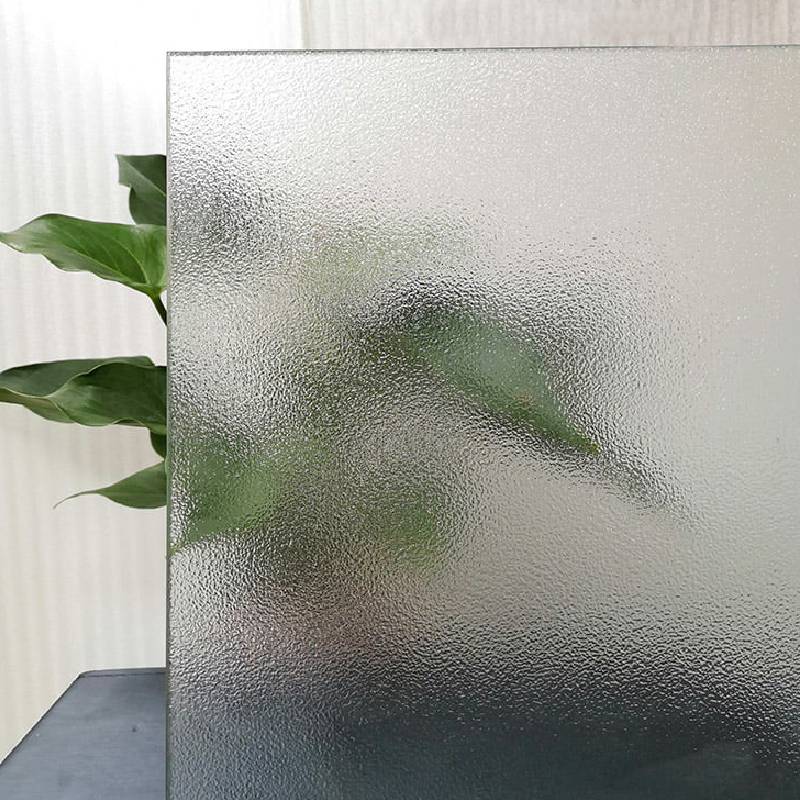The Float Glass Process An Overview
The float glass process is a revolutionary method in the glass manufacturing industry that has transformed how flat glass is produced. This innovative technique was developed in the 1950s by Sir Alastair Pilkington and is now the most widely used method for creating high-quality, flat glass used in windows, mirrors, and various other applications. This article explores the intricacies of the float glass process, its advantages, and its impact on modern glass production.
The Basics of the Float Glass Process
The core principle of the float glass process revolves around the idea of creating a uniform thickness of glass by floating molten glass on molten tin. The process begins with the melting of raw materials, which typically include silica sand, soda ash, and limestone, in a furnace at temperatures exceeding 1,700 degrees Celsius. This mixture, when melted, transforms into molten glass, which is then precisely poured onto a pool of molten tin contained in a flat bottomed tank.
As the molten glass flows onto the tin, it spreads out and forms a smooth, flat surface due to the properties of surface tension. The tin's high density ensures that the glass floats on its surface, allowing for a continuous sheet to be created without imperfections. This floating method is crucial, as it eliminates the need for extensive polishing or grinding, which was required in earlier glass manufacturing techniques.
The Production Cycle
The float glass process involves several key stages, starting from the melting of raw materials to the cooling and cutting of the final product. Once the molten glass has floated on the tin, it can be controlled to achieve the desired thickness, typically ranging from 2 mm to 19 mm. After achieving the correct thickness, the glass moves along a conveyor system in a controlled atmosphere to prevent contamination.
As the glass sheet exits the float tank, it enters the annealing lehr, a furnace where the glass is slowly cooled to relieve internal stresses. This controlled cooling is crucial, as it enhances the structural integrity and durability of the glass. Once it has cooled, the glass is cut into specific sizes for distribution and use in various applications.
Advantages of the Float Glass Process
the float glass process
One of the primary advantages of the float glass process is the high quality of the finished product
. The smooth surface and uniform thickness achieved through this method make the glass ideal for a variety of uses, including architectural windows, automotive glass, and mirror production. The clarity and aesthetic appeal of float glass are also superior compared to other manufacturing methods.
Additionally, the float glass process is highly efficient. The continuous production line allows for large quantities of glass to be manufactured with minimal waste. The elimination of grinding and polishing processes further reduces labor costs and time, thereby streamlining production.
Another significant benefit of the float glass process is its environmental impact. Many modern float glass manufacturing facilities are designed to be energy-efficient, utilizing advanced technologies to reduce emissions and energy consumption. Many producers have also adopted recycling practices, using cullet (recycled glass) in the production process, which not only minimizes waste but also reduces the energy required to melt raw materials.
Impact on the Glass Industry
The introduction of the float glass process marked a seismically transformative moment for the glass industry. Its ability to produce large, high-quality sheets of glass has fueled innovations in architectural design, allowing for more extensive use of glass in modern buildings. It has also influenced the automotive industry, where the demand for high-performance glass has increased.
The float glass process continues to evolve, with ongoing research focused on improving production efficiency, reducing environmental impacts, and exploring the use of advanced materials. As markets continue to demand more sustainable and innovative glass solutions, the float glass process remains a cornerstone of the manufacturing industry.
Conclusion
In conclusion, the float glass process has revolutionized the production of flat glass, allowing for high-quality, efficient, and environmentally friendly manufacturing. With its straightforward and innovative approach, the float glass process not only enhances the capabilities of the glass industry but also paves the way for further advancements in material science and engineering. As this technology continues to develop, its implications will undoubtedly resonate through various sectors, reinforcing the integral role of glass in modern society.
 Afrikaans
Afrikaans  Albanian
Albanian  Amharic
Amharic  Arabic
Arabic  Armenian
Armenian  Azerbaijani
Azerbaijani  Basque
Basque  Belarusian
Belarusian  Bengali
Bengali  Bosnian
Bosnian  Bulgarian
Bulgarian  Catalan
Catalan  Cebuano
Cebuano  Corsican
Corsican  Croatian
Croatian  Czech
Czech  Danish
Danish  Dutch
Dutch  English
English  Esperanto
Esperanto  Estonian
Estonian  Finnish
Finnish  French
French  Frisian
Frisian  Galician
Galician  Georgian
Georgian  German
German  Greek
Greek  Gujarati
Gujarati  Haitian Creole
Haitian Creole  hausa
hausa  hawaiian
hawaiian  Hebrew
Hebrew  Hindi
Hindi  Miao
Miao  Hungarian
Hungarian  Icelandic
Icelandic  igbo
igbo  Indonesian
Indonesian  irish
irish  Italian
Italian  Japanese
Japanese  Javanese
Javanese  Kannada
Kannada  kazakh
kazakh  Khmer
Khmer  Rwandese
Rwandese  Korean
Korean  Kurdish
Kurdish  Kyrgyz
Kyrgyz  Lao
Lao  Latin
Latin  Latvian
Latvian  Lithuanian
Lithuanian  Luxembourgish
Luxembourgish  Macedonian
Macedonian  Malgashi
Malgashi  Malay
Malay  Malayalam
Malayalam  Maltese
Maltese  Maori
Maori  Marathi
Marathi  Mongolian
Mongolian  Myanmar
Myanmar  Nepali
Nepali  Norwegian
Norwegian  Norwegian
Norwegian  Occitan
Occitan  Pashto
Pashto  Persian
Persian  Polish
Polish  Portuguese
Portuguese  Punjabi
Punjabi  Romanian
Romanian  Russian
Russian  Samoan
Samoan  Scottish Gaelic
Scottish Gaelic  Serbian
Serbian  Sesotho
Sesotho  Shona
Shona  Sindhi
Sindhi  Sinhala
Sinhala  Slovak
Slovak  Slovenian
Slovenian  Somali
Somali  Spanish
Spanish  Sundanese
Sundanese  Swahili
Swahili  Swedish
Swedish  Tagalog
Tagalog  Tajik
Tajik  Tamil
Tamil  Tatar
Tatar  Telugu
Telugu  Thai
Thai  Turkish
Turkish  Turkmen
Turkmen  Ukrainian
Ukrainian  Urdu
Urdu  Uighur
Uighur  Uzbek
Uzbek  Vietnamese
Vietnamese  Welsh
Welsh  Bantu
Bantu  Yiddish
Yiddish  Yoruba
Yoruba  Zulu
Zulu 

